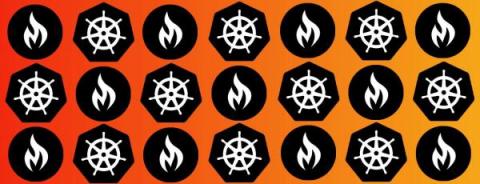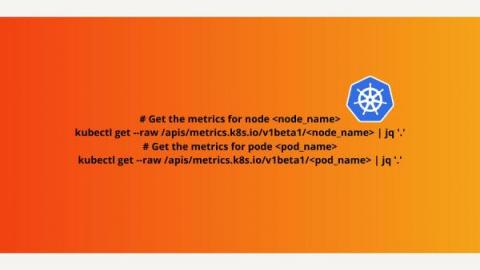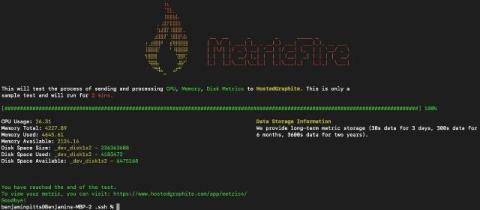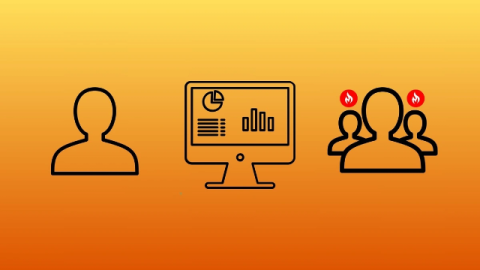How to Monitor K8s and Linode - Real Use Case
In this article, we'll explore another monitoring use case. This particular use case is exciting– it's MetricFire's use case with Kubernetes and Linode! We'll examine how our company uses our platform to monitor our K8s clusters hosted on Linode. Let's get started!















